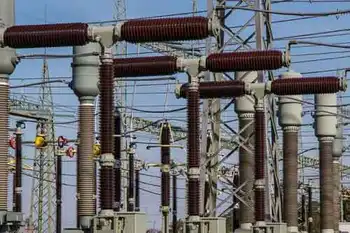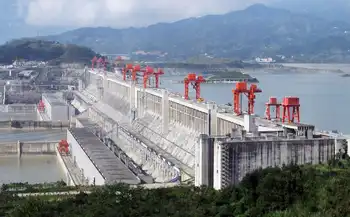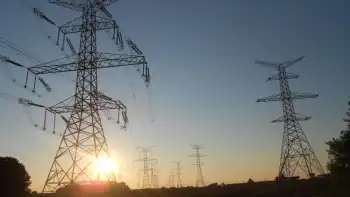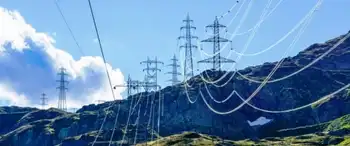Chinese power producer to cut spending
By International Herald Tribune
High Voltage Maintenance Training Online
Our customized live online or in‑person group training can be delivered to your staff at your location.

- Live Online
- 12 hours Instructor-led
- Group Training Available
Capital investment may drop to 5 billion yuan, or $654 million, and will add 1,200 megawatts of coal-fired capacity in 2008, Zhang Gelin, head of the Beijing-based utility's securities department, said. Spending may total 15 billion yuan this year, the managing director, Chen Jianhua, said in March.
Huadian Power's bigger rivals, including Huaneng Power International, are adding plants at a faster pace than growth in demand, leaving some capacity unused. That has increased pressure on Huadian Power to maintain profitability amid higher fuel costs, the deputy general manager, Zhong Tonglin, said recently, after the company's annual general meeting in Beijing.
"Huadian Power is cutting spending amid concern of a possible supply surplus and it needs to reduce debt by making full use of existing plants," Zhang Wenxian, an analyst with Guotai Junan Securities Hong Kong, said. "The government is also tightening approvals for new plants."
China is limiting coal-fired power generation to improve the environment. Huadian Power's parent, China Huadian, is among companies ordered by the government in March to reduce pollution.
"We will try to stabilize our profits this year from the 2006 level amid operational pressures," Zhong, the deputy general manager, said. "Our profitability will improve after 2008 as fewer plants are put on stream, increasing the company's utilization rate."
Construction of new power plants in China will decrease next year because of a potential surplus in the market after three years of rapid development since 2004, Zhong said.
Growth in China's electricity demand will probably slow to a maximum of 12.5 percent this year, from 14 percent in 2006, the State Grid Corp. of China said in January. The country plans to increase power generating capacity by 15 percent this year, the government said in April.
Huadian Power will start operating 6,000 megawatts of capacity this year, raising total output to about 20,000 megawatts, Zhong said. Among the independent generators, the company may experience the biggest decline in the utilization rate at its plants, JPMorgan Chase said in March.











